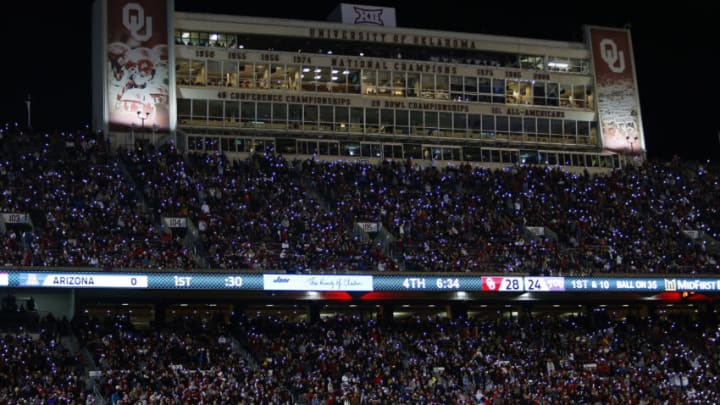Oklahoma football has added 38 newcomers to its roster for 2023 since the Sooners played the final game of the 2022 season.
Twelve of those new roster commitments are from players transferring into the program. The portal, which under the new NCAA transfer rules, enables a player to transfer to a new school and play immediately. And under certain conditions, a player can transfer more than one time (but not in the same year) and still retain immediate eligibility.
It more or less has created free agency within the college athletic ranks and has forever altered some would argue enhanced traditional role and method of college recruiting.
But while the Transfer portal giveth new roster additions, it also taketh away. And therein lies the big problem in establishing program continuity and managing rosters from year to year. For example, while the Sooners gained 12 additions from the portal for 2023, they also said goodbye to 19 players who elected to enter the portal after last season.
Roster depth becomes an issue for many schools, including Oklahoma, because good players who are not playing or are blocked on the depth chart now have an immediate option to hopefully gain more playing time elsewhere.
Of course, it can also work the other way and allow players who probably aren’t going to see the field anyway to leave the program, which in turn potentially opens up a scholarship spot on the roster.
As another example of how the transfer portal can dramatically change the makeup and dynamics of a college team, Oklahoma had 76 scholarship players on the roster of the 2021 OU team that played in the Alamo bowl just a few weeks after Lincoln Riley departed from the team. That was 15 months ago. Only 23 of those players remain on the Sooners’ roster.
This isn’t an isolated problem. It is happening at programs large and small all across the country.
What we have as a result of the in-and-out flow of the transfer portal is a program dynamic that means a third to nearly a half of your roster is turning over a year and having to learn a new system, a new culture and a new way of doing business every year.
“For me, it’s incredibly important that I get these guys focused in front of everyone so that everyone can get to know them and help facilitate their transition, sooner rather than later, and expedite the maturation process,” OU second-year head coach Brent Venables told Berry Tramel, sports columnist for The Oklahoman recently.
"“It’s not an ideal thing,” Venables said. “So when you get them (transfers), you better get guys who can make an impact.”"
Several national sources, including 247Sports, have ranked the Oklahoma 2023 incoming transfer class as one of the best in the country.
Venables believes a number of the transfers they have brought in this offseason are capable of landing starting spots on opening day. The keynoter of the Sooners’ 2023 transfer class is linebacker Dasan McCullough, who had a sensational freshman season at Indiana last season. Also of note is that over half of the transfers are defensive players, which of course is the area in which the Sooners need the most help.
The 2023 Oklahoma transfers also include former Sooner Austin Stogner, who returns to OU to man the tight end position after one season at South Carolina.
